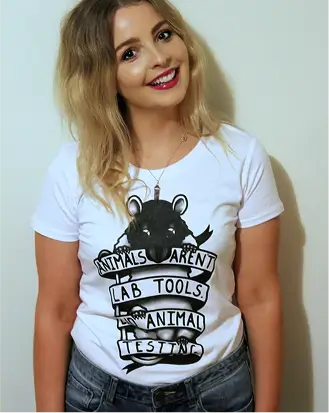We’ve discovered the following shocking experiment that took place in Aotearoa.
The cats used in this experiment1 were obtained from a breeding unit.
According to the Ministry for Primary Industries,2 a breeding unit is an institutional unit dedicated to breeding animals for manipulation (research, testing or teaching). Meaning these animals exist for the sole purpose of being used for science.
60 cats from a breeding unit were used in a research study using lasers to test pain relief.
For testing, the cats were put into individual cages and kept without food or water for more than 2 hours. Their fur was clipped to the skin level on both sides of their belly. After giving the cats a few minutes to relax, the testing began...
EXPERIMENT EXPOSED!
From a distance of 2 metres, a thermal laser was pointed at the cat's exposed skin until it responded (by shifting or twitching) or 60 seconds had passed.
As the researchers needed to compare the medications to a baseline, the cats did not receive pain relief before their first exposure to the laser.
After the first measurement, the cats received different injections (either a saline control, or one of five pain medications). Some of the cats receiving pain relief showed signs of nausea.
The laser test was repeated six times, at least 15 minutes apart.
The researchers conducting this experiment had to wear safety goggles due to the potentially hazardous effects of this type of laser.
In the end, all the cats were returned to the breeding unit – we do not know how long of a break they would get before being used in the next experiment.
The purpose of this experiment was to test if using a laser to cause discomfort to the skin of cats can be used to measure how effective pain relief is.
But we can do better!
- For humans, Nerve-on-a-chip models are developed to study neurovascular tissue, including pain receptors.3 This could be done for animals like cats too.
- Deep learning systems can identify signalling channels for pain,4 sidestepping the trial-and-error of just medicating animals to see what happens.
- For more research into these, funding will be essential, which is where the government needs to act.
Please remember that NZAVS is a non-violent organisation, and we seek to make change through peaceful methods. Non-violence to us isn’t just physical; it also includes avoiding verbal and psychological violence. We do not wish to target any individuals involved in these experiments and discourage any of our supporters from targeting them directly. They are unfortunately caught up in an archaic system which we are working hard to change!





